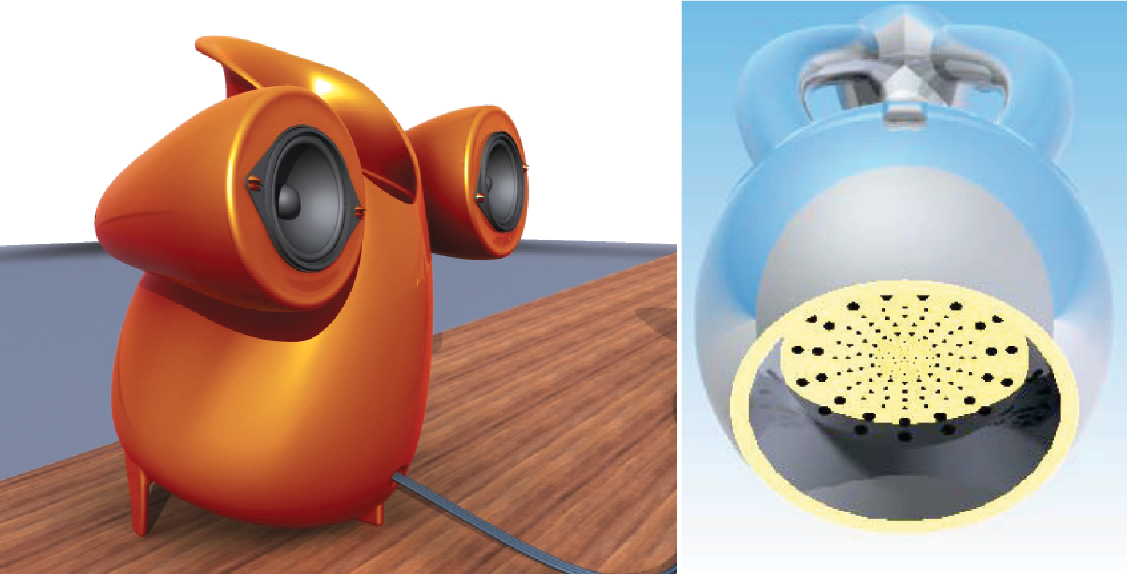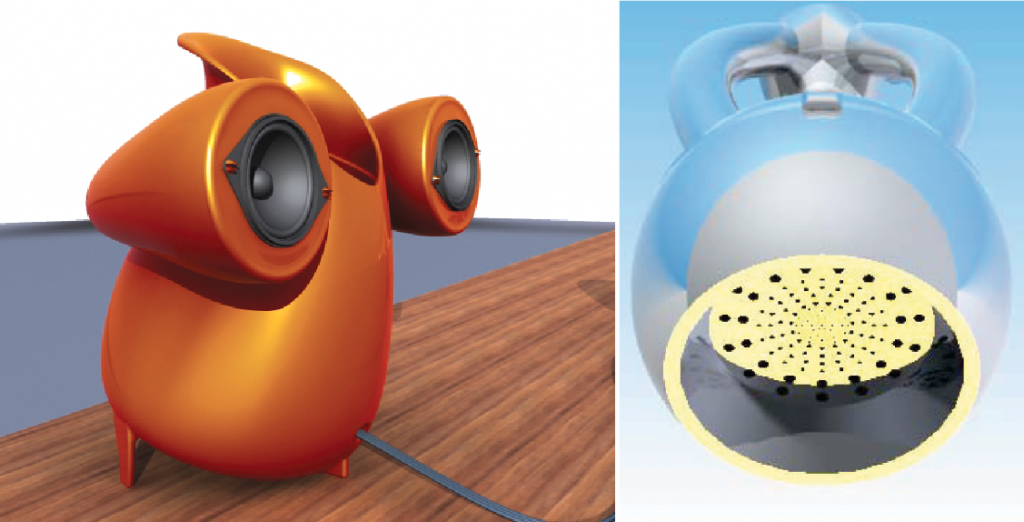
Entries in the SME Digital Manufacturing Challenge center around a different theme each year.
Latest News
April 1, 2018
In the age of “lean,” digital manufacturing is a harbinger of innovation and productivity. Nurturing this innovation requires healthy competition and SME seeks to promote just that with their Digital Manufacturing Challenge competition.
This is particularly true as manufacturing could be getting a second wind with tax incentives, possible raw materials tariffs and a full court press to bring more and better technology inside the factory floor to compete in a whole new way.
Peter P. Ried, Jr. is the chief engineer of Ried and Associates, LLC, and chair and secretary of the SME Direct Digital Manufacturing group, which runs the Digital Manufacturing Challenge. We spoke to him to gain insight into this event.
Digital Engineering: Can you provide an overview of the 2018 Digital Manufacturing Challenge?
Peter Ried: Thanks to an ad hoc group of volunteer technical experts and business leaders, SME’s Digital Manufacturing Challenge was inaugurated more than 10 years ago as the Design for DDM (Direct Digital Manufacturing) Competition. At the time, it was a unique response to the maturing of 3D printing and the growing potential of additive manufacturing, recognizing the need for skilled engineers and technicians to facilitate implementation and widespread adoption. Students representing high schools and colleges/universities compete in their own respective categories. High school students in the United States have participated, as have college/university students from the United States and around the world. We’re pleased that the challenge has been growing from year to year and we hope to have as many as 20 teams compete this year. The demographics of our Digital Manufacturing Challenge student participants are quite diverse by a variety of measures, including the service academies and even a community college program serving those returning to the workforce following incarceration.
 Entries in the SME Digital Manufacturing Challenge center around a different theme each year.
Entries in the SME Digital Manufacturing Challenge center around a different theme each year.DE: Can you tell us about some of the designs that are part of the event?
Ried: Different themes contributed by our distinguished panel of judges attempt to focus each year’s challenge, providing a minimum of design direction. The specific judging criteria imposed, however, helps ensure that the resultant entries embody a holistic approach from concept to realization. It is the imagination and creativity of the student teams with the oversight of their advisers that translate those themes into the resultant objects, subsystems or systems submitted for judging. Hence, the theme represents the “sandbox” in which digital tools enable students to “play” as they give life, i.e., form, fit and function to their ideas and concepts.
DE: What is SME’s stance on adopting innovation that is linked to the program?
Ried: SME exists as a community to enhance progress and prosperity by advancing manufacturing. Therefore, innovation (both its creation and adoption) is integral to its vision, mission and purpose. SME sponsors and coordinates the Digital Manufacturing Challenge because it inspires, attracts, prepares and educates future generations in close alignment with its vision, mission and purpose.
DE: Anything else you’d like to tell us about the event?
Ried: The Challenge offers students an introduction to the industry beyond the classroom, providing a showcase for their creativity, leadership and entrepreneurship. Their teachers and professors who make this annual challenge part of their academic curriculum are vital to growing and developing students equipped with the skills sought by, and opportunities available within, our burgeoning industry.
Subscribe to our FREE magazine, FREE email newsletters or both!
Latest News
About the Author
Jim Romeo is a freelance writer based in Chesapeake, VA. Send e-mail about this article to [email protected].
Follow DE





